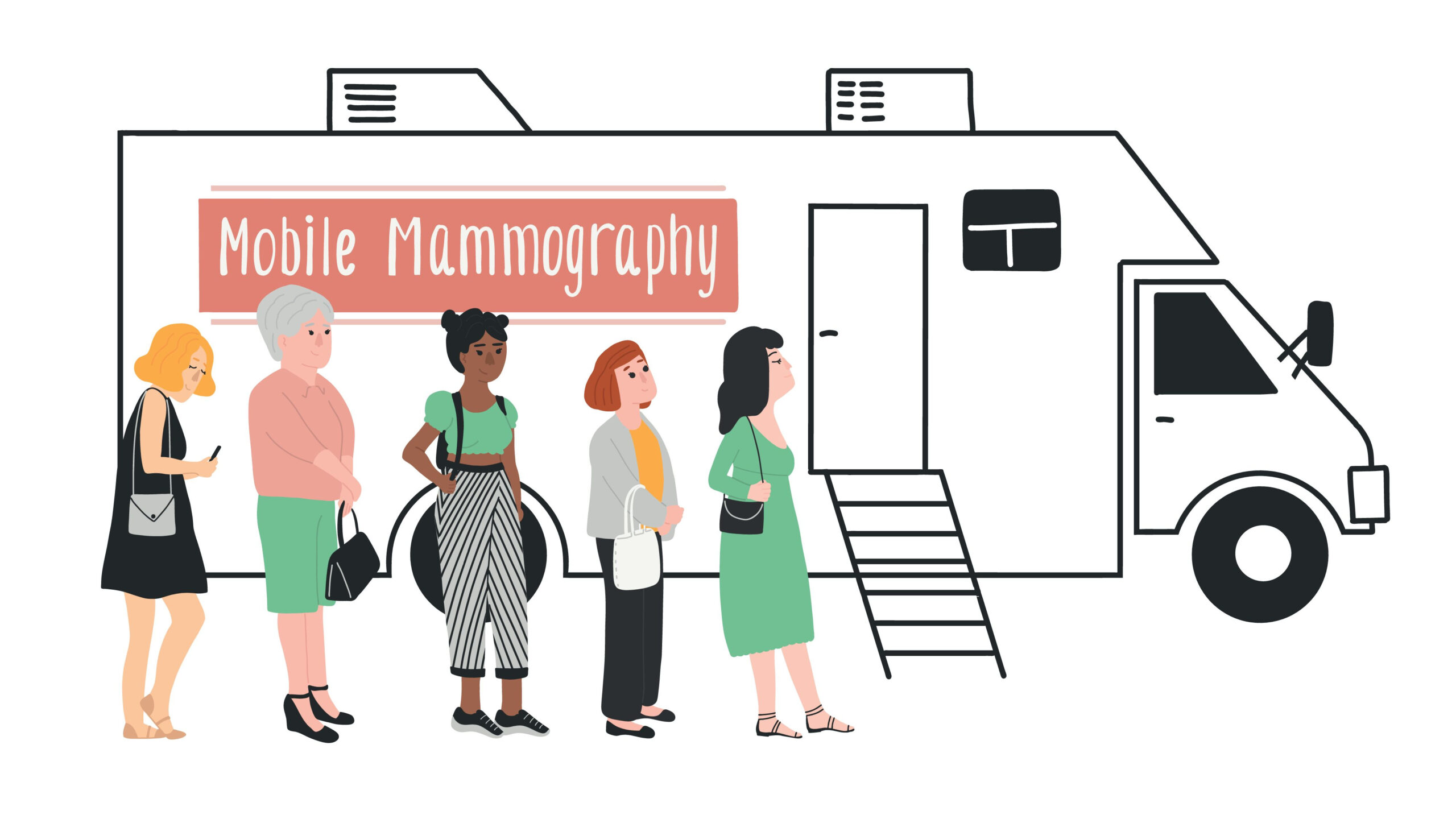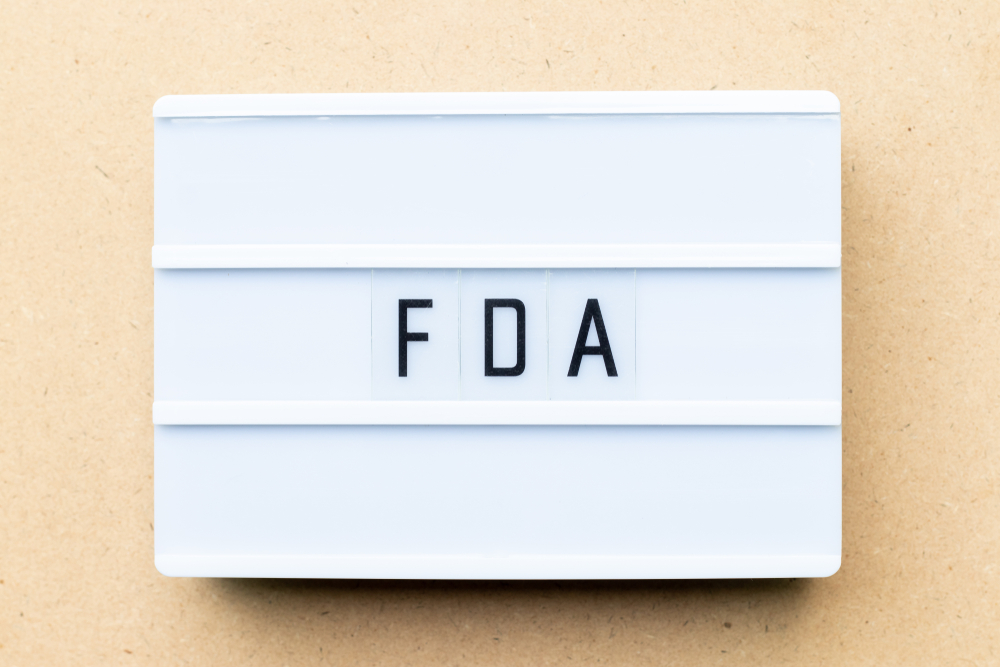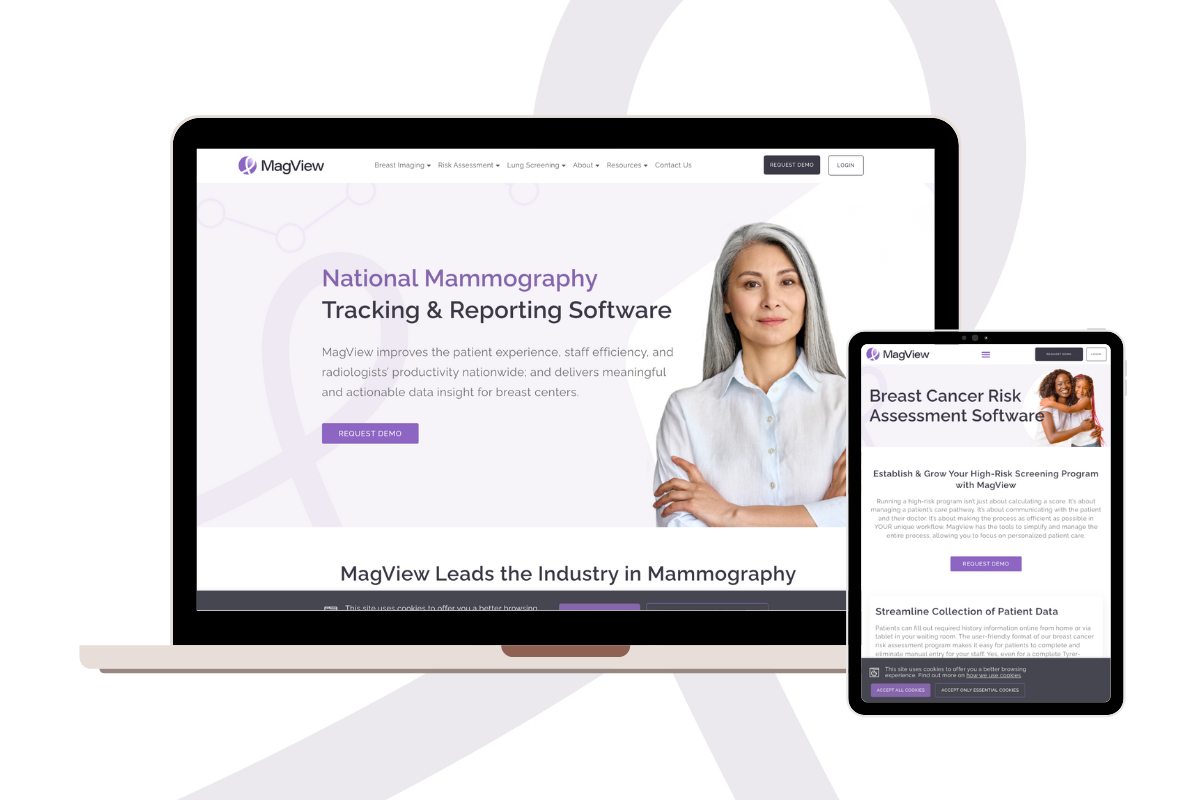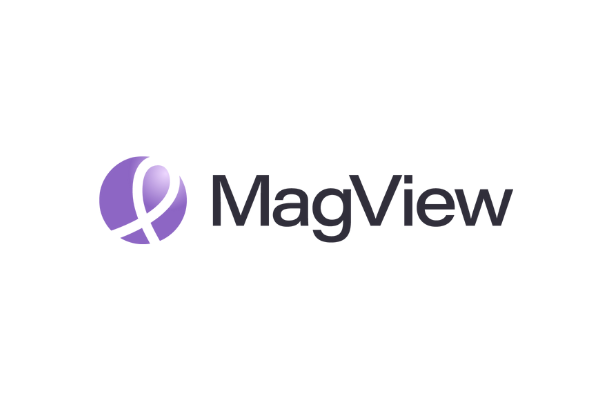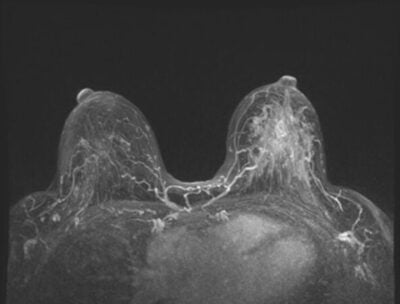Using breast cancer risk assessment models—such as Tyrer-Cuzick—supports risk assessment, which has become best practice in breast screening. This approach helps identify patients who can benefit from personalized screening and helps breast imaging centers drive downstream revenue—such as breast MRI and genetic counseling/testing services.
Although there are various models available, the Tyrer-Cuzick v8.0 (IBIS) is one of the most commonly used and is considered one of the most reliable tools for identifying high-risk patients. In fact, the American College of Radiology (ACR) says Tyrer-Cuzick is the “most comprehensive” model—but notes it’s also the “most time intensive.”
This model estimates the likelihood of a woman developing breast cancer in 10 years and in her lifetime. In addition to checking various family factors, reproductive history, and overall medical history to estimate a patient’s breast cancer risk—Tyrer-Cuzick was updated in 2018 to include breast density in risk calculations.
Benefits of Automating Tyrer-Cuzick in Mammogram Reports
Gathering and entering that much information manually makes the model quite time-consuming—which can lead to workflow bottlenecks in the breast center. The good news is that the process to collect the patient’s information, produce a risk score, and notify the patient and their referring physician is easy and automated in MagView.
Automated Ease & Reporting
If you’re using an RIS or EMR-based mammo module, creating a Tyrer-Cuzick score is labor-intensive, requiring many steps and extensive manual work by staff. But with MagView’s automated process, all the work is done for you—including addition of the score to the radiologist’s report and patient letter.
Streamlined Data Collection
Patients can fill out required history information online from home or via tablet in the waiting room. The user-friendly format makes completion an easy process for patients—even for a comprehensive Tyrer-Cuzick v8.0 (IBIS) assessment.
Automated High-Risk Identification
MagView’s integrated Risk Assessment Module calculates risk for several risk assessment models—including Tyrer-Cuzick—based on electronic history. Use of the module eliminates the need to log into another system or website. MagView automatically calculates the risk assessment score and flags high-risk patients in a single system. The score can then be integrated into the radiologist’s reporting platform without interrupting workflow.
Real-time Recommendations
MagView provides real-time guidance and recommendations based on NCCN guidelines and/or a breast center’s custom protocol. Patients who are eligible for MRI, genetic testing, or genetic counseling are clearly identified. Plus—all recommendations are tracked to optimize follow-through.
Automated Communication
Once the risk score and recommendations are generated, they can be automatically included in the radiologist’s imaging report. The same is true for patients since a custom risk letter is automatically generated for the patient and/or referring provider.
Real-World Examples
The following examples from a client site provide a glimpse of mammogram reports and lay letters that contain a Tyrer-Cuzick (TC) score and recommendations for follow-up. These statements can be customized per facility.
Finding Report Age-Based TC Statement:
- If TC = 100
- Additional Recommendations to Consider: Recommend breast MRI screening. The American Cancer Society does not recommend for or against breast MRI screening in patients with a personal history of breast cancer, LCIS, ADH, or ALH; however, it is our recommendation that it be an option for these patients. Breast MRI screening has been proven to increase sensitivity for breast cancer detection in patients with a personal history of breast cancer, ADH, ALH, or LCIS (AJR. 2010 Aug; 195(2):510-6). Breast MRI should be used in addition to mammography, which remains the gold standard for breast cancer screening. Questions about this recommendation can be directed to our Risk Assessment & Prevention Program at (XXX) XXX-XXXX.
- If TC >= 20 and TC < 100 and age >= 40
- Additional Recommendations to Consider: Recommend breast MRI screening. Based on her lifetime risk for breast cancer, this patient is a candidate for annual breast MRI screening according to the American Cancer Society guidelines. The patient will be notified of this via a personalized letter. Breast MRI should be used in addition to mammography, which remains the gold standard for breast cancer screening. Questions about this recommendation can be directed to our Risk Assessment & Prevention Program at (XXX) XXX-XXXX.
- If TC >= 20 and TC < 100 and age < 40
- Additional Recommendations to Consider: Although the patient does fall into the high-risk category with regards to her breast cancer risk, standard guidelines would not recommend screening mammography in her prior to age 40. She will likely be a candidate for breast MRI screening at that time. However, if she and her referring physician decide to begin her screening prior to age 40, based on her level of risk, she should consider breast MRI screening in addition to mammography. Questions about this recommendation can be directed to our Risk Assessment & Prevention Program at (XXX) XXX-XXXX.
- If TC >= 15 and TC < 20
- Additional Recommendations to Consider: Consider breast MRI screening. The American Cancer Society does not recommend for or against breast MRI screening in patients with a family history that places them at intermediate risk for breast cancer; however, breast MRI screening may be an option for these patients. Breast MRI should be used in addition to mammography, which remains the gold standard for breast cancer screening. Questions about this recommendation can be directed to our Risk Assessment & Prevention Program at (XXX) XXX-XXXX.
Finding Report TC Statements:
- If TC = 100%
- Estimated lifetime breast cancer risk (determined by the Tyrer-Cuzick/IBIS model): XX% (if 100%, the patient has already been diagnosed with breast cancer).
- If TC >= 20% and TC < 100%
- Estimated lifetime breast cancer risk (determined by the Tyrer-Cuzick/IBIS model): XX% (high risk is considered 20% or greater).
- If TC >= 15% and TC < 20%
- Estimated lifetime breast cancer risk (determined by the Tyrer-Cuzick/IBIS model): XX% (intermediate risk is considered between 15% and 20%).
- If TC < 15%
- Estimated lifetime breast cancer risk (determined by the Tyrer-Cuzick/IBIS model): XX% (average risk is considered to be less than 15%).
Patient Letter Statements:
- If TC >= 15% and HERA >= 2.5
- Additionally, as part of your exam at our facility, we completed a personalized preliminary assessment of your breast cancer risk based on the information you provided about your personal and family medical history.
- Based on the results you and your clinician may want to consider a Breast MRI Screening and Genetic Consultation to tailor your breast health screening plan. Breast MRI is another way to screen for breast cancer and it is recommended by the American Cancer Society for certain women depending on their level of risk.
- Breast MRI screening is recommended annually, in addition to (not instead of mammograms). Studies have shown that, in these women, using both mammography and breast MRI screenings is more effective in early detection of breast cancer when compared to mammography alone.
- A cancer genetic counselor is a specialist in analyzing your risk factors in more detail and can discuss options that might be available to you. These options may include genetic testing or additional imaging technologies to screen for breast cancer, such as a breast MRI screening which may allow for early detection and/or prevention.
- If TC >= 15% and HERA < 2.5
- Additionally, as part of your exam at our facility, we completed a personalized preliminary assessment of your breast cancer risk based on the information you provided about your personal and family medical history. Based on the results you and your clinician may want to consider a Breast MRI Screening to tailor your breast health screening plan.
- Breast MRI is another way to screen for breast cancer and it is recommended by the American Cancer Society for certain women depending on their level of risk. Breast MRI screening is recommended annually, in addition to (not instead of mammograms). Studies have shown that, in these women, using both mammography and breast MRI screenings is more effective in early detection of breast cancer when compared to mammography alone.
- If TC < 15% and HERA >= 2.5
- Additionally, as part of your exam at our facility, we completed a personalized preliminary assessment of your breast cancer risk based on the information you provided about your personal and family medical history. Based on the results you and your clinician may want to consider a Genetic Consultation to tailor your breast health screening plan.
- A cancer genetic counselor is a specialist in analyzing your risk factors in more detail and can discuss options that might be available to you. These options may include genetic testing or additional imaging technologies to screen for breast cancer, such as a breast MRI screening which may allow for early detection and/or prevention.
- Otherwise, print nothing (TC < 15%, HERA < 2.5).
To learn more, please download our free High-Risk Breast Screening E-Book. This resource provides the basics of high-risk breast screening, how to successfully run a high-risk program, and includes tips on Tyrer-Cuzick v8.
If your breast center is using the Tyrer-Cuzick risk model or planning to start risk assessments on your patients, MagView’s team of workflow experts can help.
Contact us today.


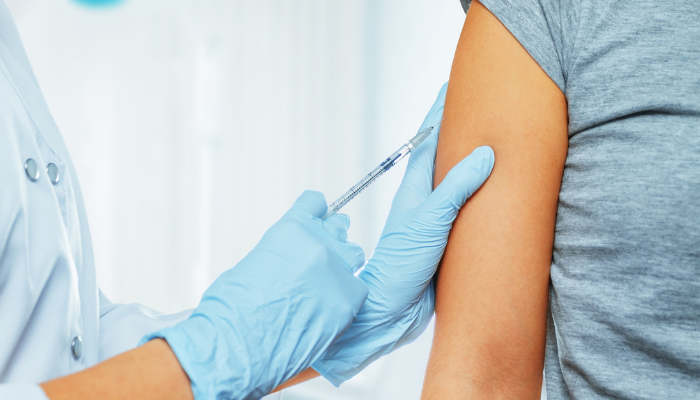
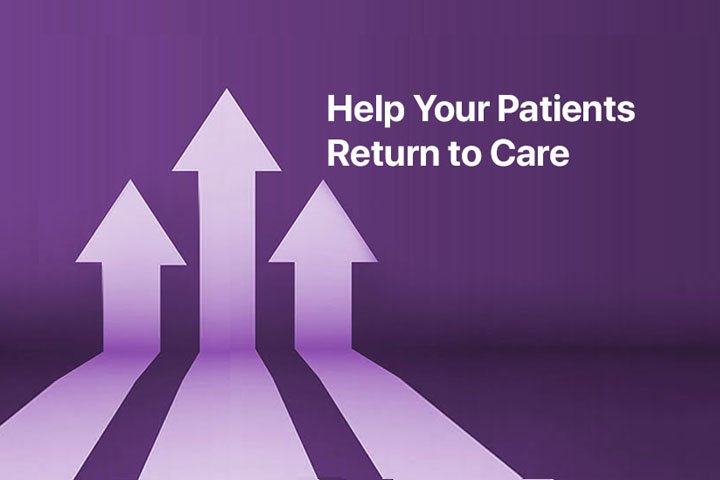

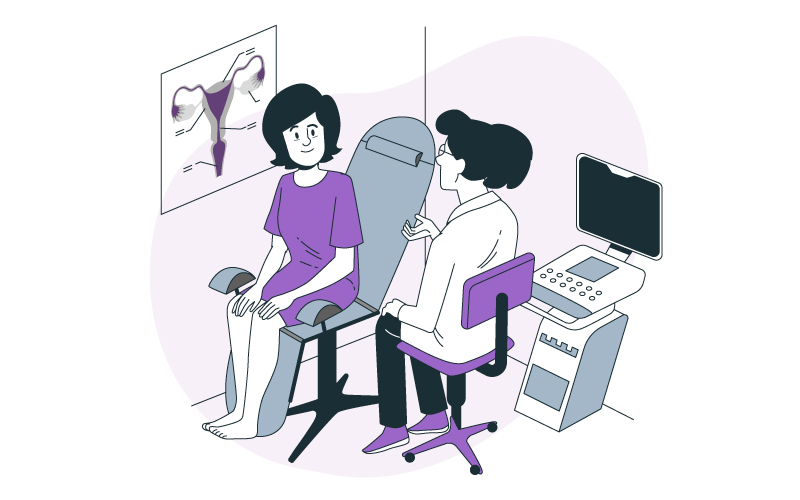




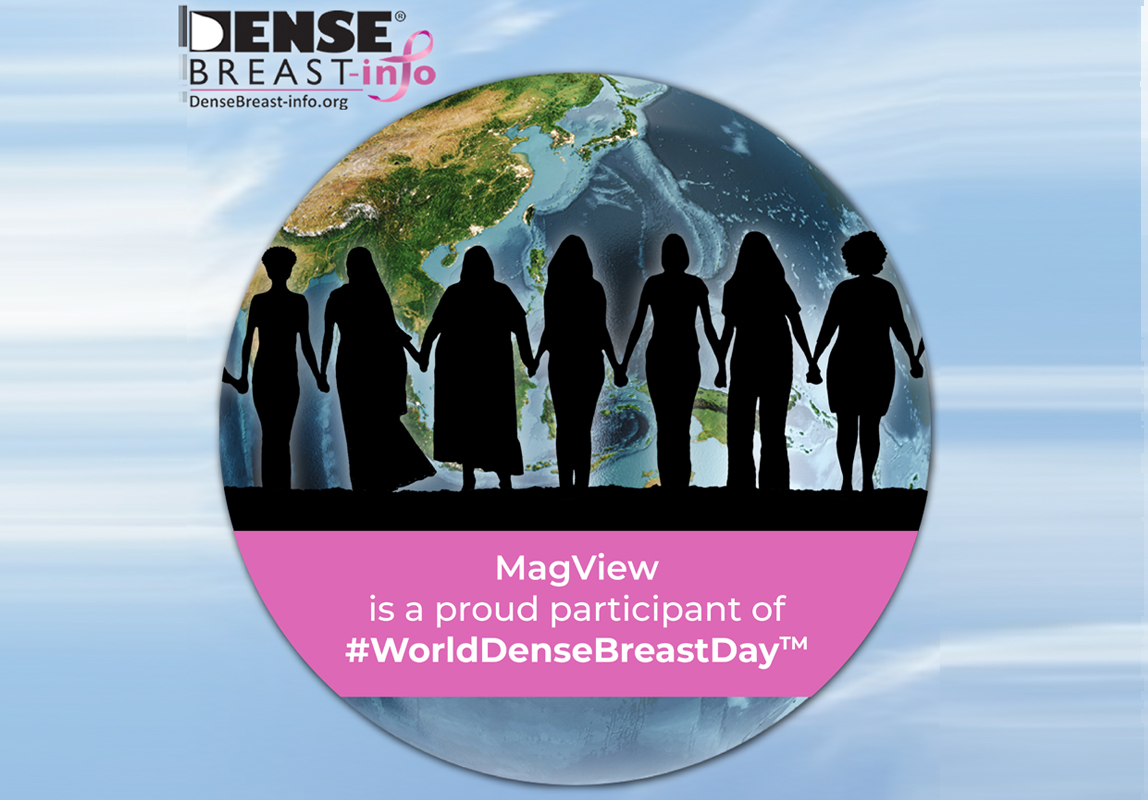
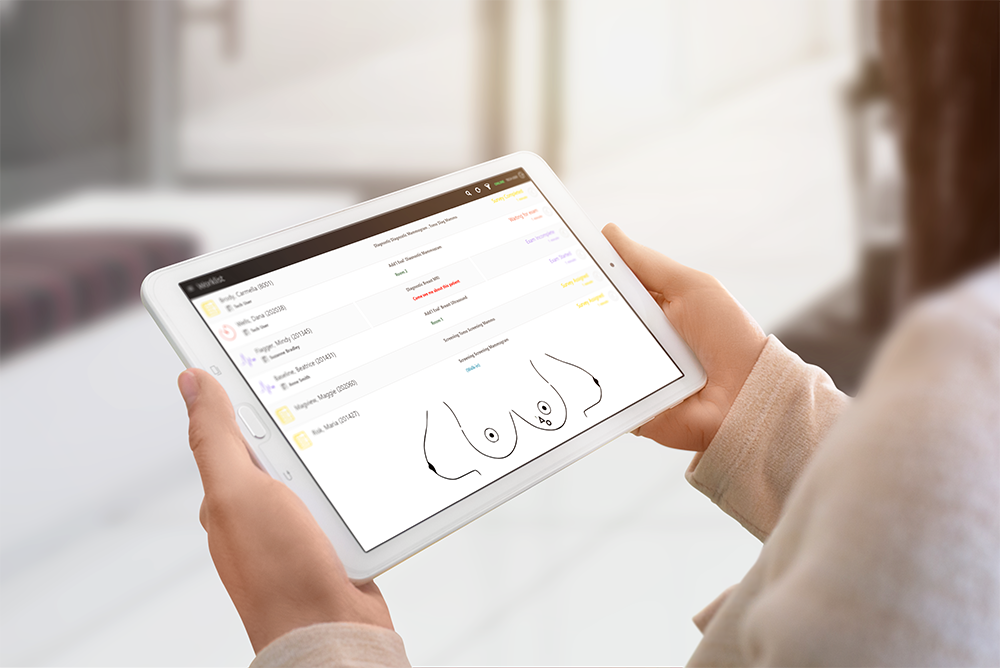

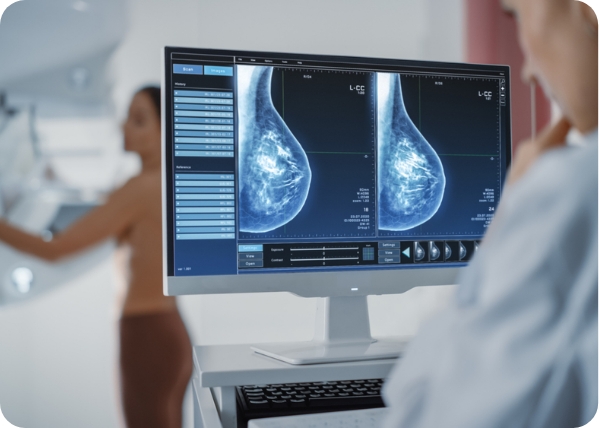


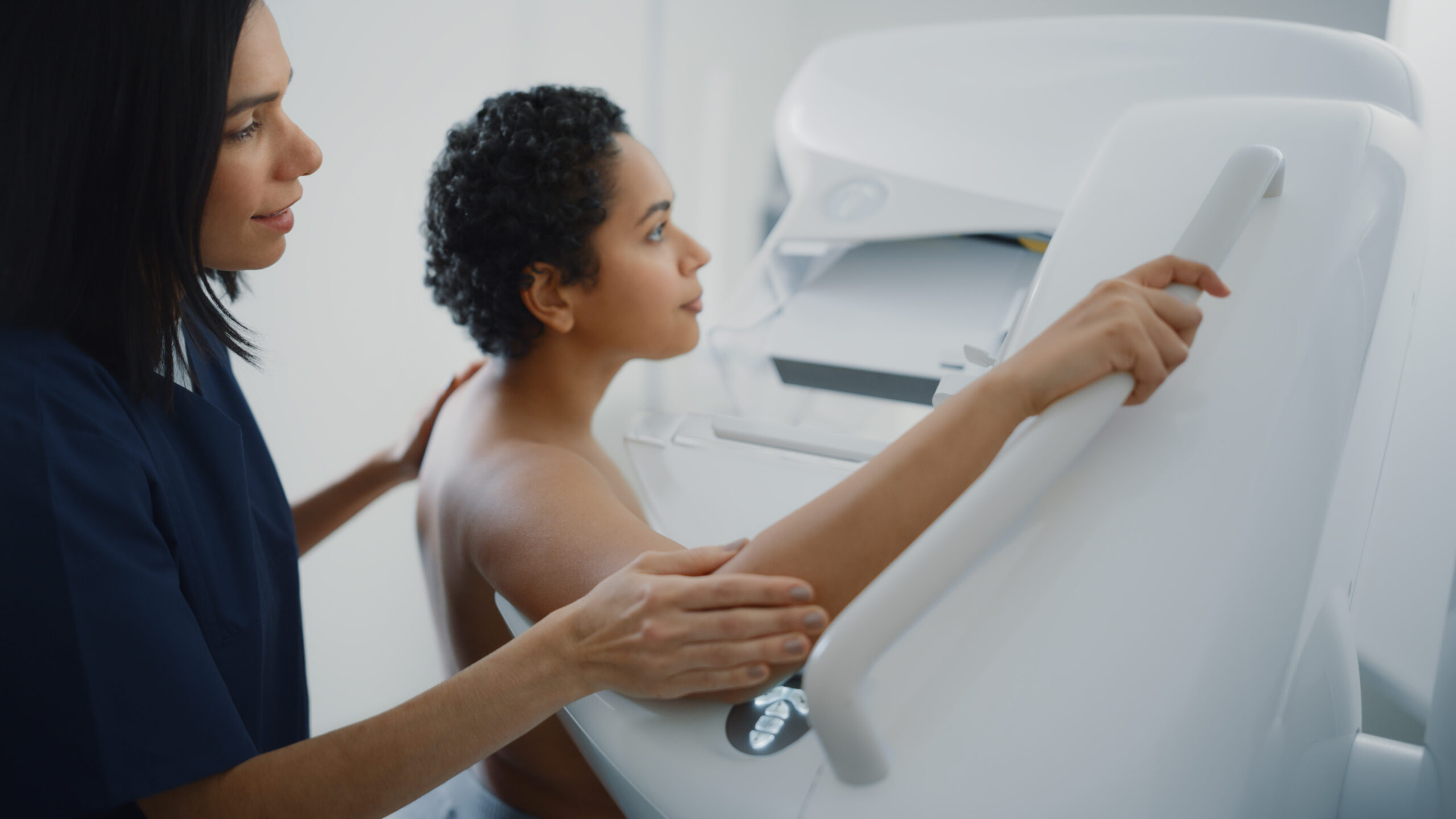
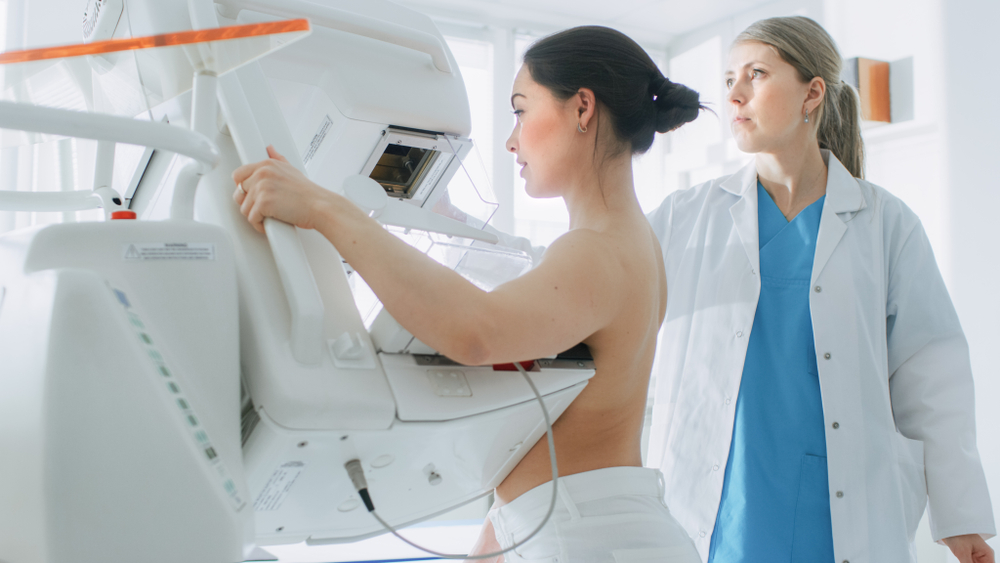
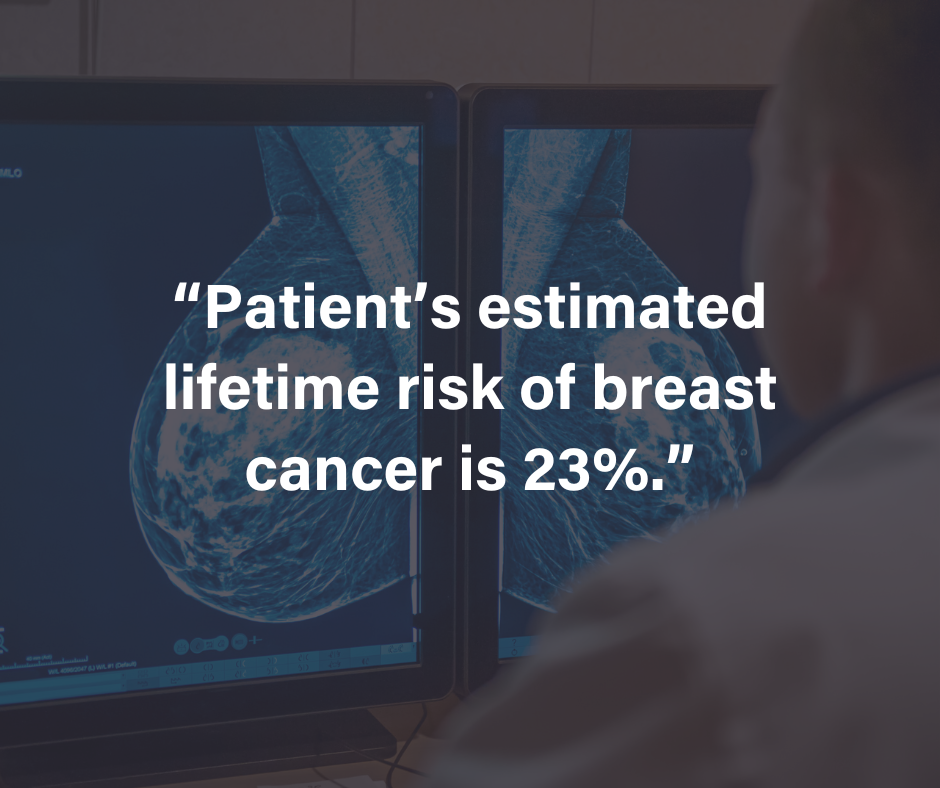







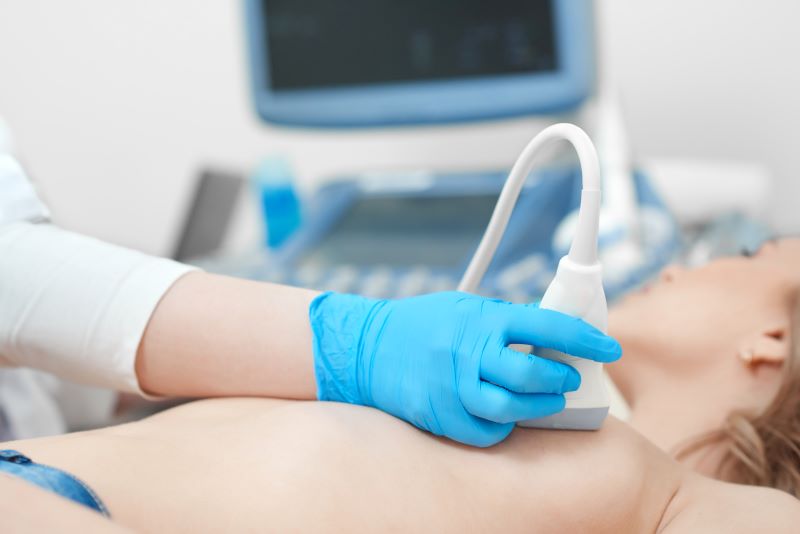
![monitoring breast density shutterstock_1299510538-[Converted]](https://magview.com/wp-content/uploads/2023/05/shutterstock_1299510538-Converted.jpg)
